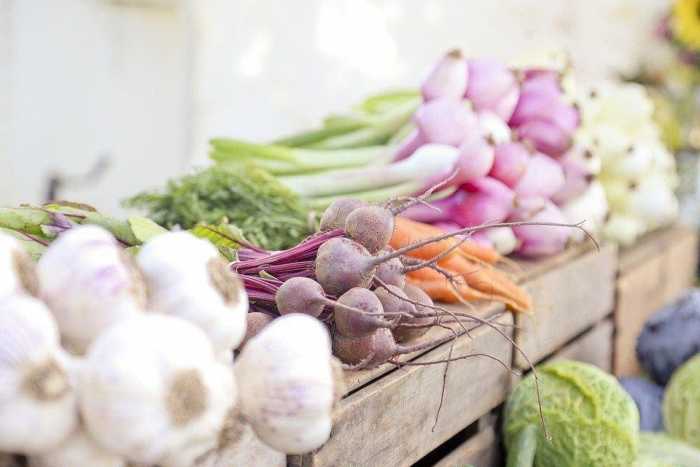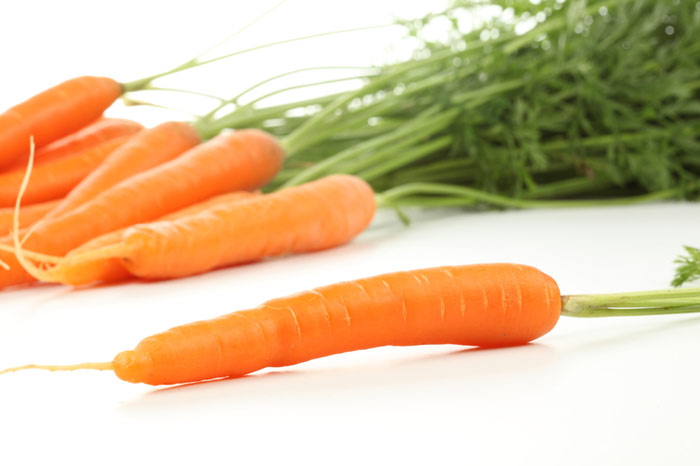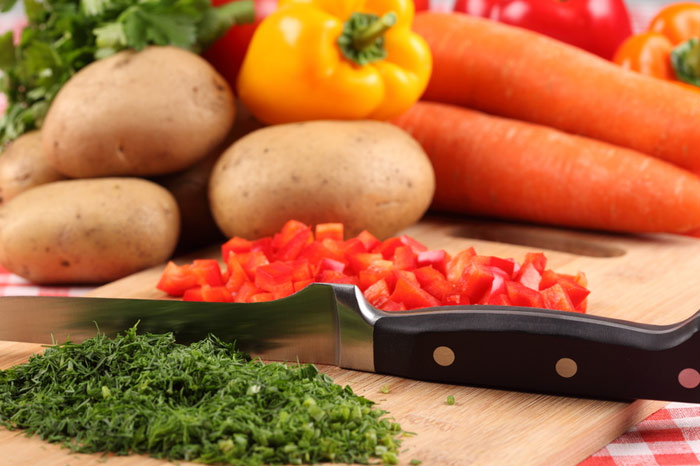Steaming is considered one of the strongest methods of cooking vegetables. Again, this way, vegetables get cooked too easily. For steaming vegetables, you need not use any kitchen tool and you can finish your cooking in some moments only. So, steaming vegetables doesn’t involve any kind of complicated method. People eat steamed vegetables along with their meaty sizzler as a side and at times, in the form of a simple salad only. Sometimes, a plateful of flavored steamed vegetables turns into a light meal in some minutes only.
Benefits of steaming vegetables
When you steam your veggies, you end up boosting the vegetables’ nutritional value and it has been discovered by a novice Brazilian review. Researchers have analyzed twenty-one studies that observe how various cooking processes influenced the level of antioxidants of the vegetables. These are the compounds that have the power of fending off cardiovascular disease, cancer, neurodegenerative disease, and osteoporosis.
The majority of the cooking processes like boiling, microwaving, and baking break down the tissues of the vegetables, and they also destroy a few antioxidants. However, boiling is capable of leaching more antioxidants as a few of the disease-fighting elements get dissolved in hot water. Vegetables differ in ways to reach to every method of cooking. However, the analysis that is founded on average states that boiling lessens the levels of polyphenols of vegetables by 38%. On the other hand, steaming increases the content of polyphenol by 52%. Steaming tends to augment the levels of polyphenol as its heating method is gentler and people don’t submerge the vegetables in water.
What are the vegetables that you can steam?

Technically, you can steam every vegetable but some vegetables are better for steaming compared to others. Every vegetable streams at distinct rates. Hence, it is a wise idea to observe the recipe that you have been following.
The vegetables that are good to steam are spinach, leafy greens, broccoli, asparagus, cauliflower, small potatoes, artichokes, green beans, and carrots.
Some vegetables must be avoided for steaming and they are huge parts of the hard vegetables, like squash, celeriac, or potatoes.
Preparing vegetables for steaming
You must cut a big vegetable in smaller chunks. You can cut it in bite-sized pieces too. A root vegetable, like a carrot must be sliced but when it is a baby carrot, you need not slice it. People prefer to keep some vegetables as a whole, like artichokes. However, you must trim it efficiently. Again, some green leafy vegetables, like chard and spinach too can be steamed whole. But, when it is broccoli or cauliflower, then you must cut them into florets.
The time for steaming vegetables

- Arugula and spinach – 3 minutes
- Broccoli florets, green beans, cauliflower florets – 5-7 minutes
- Peas – 3 minutes
- Collards and kale – 10 minutes
- Squash, turnips, potatoes, and carrots – 8-20 minutes
According to research, people need to use a minimum time for cooking vegetables and they must boil the water first. When you are making stewed vegetables or soups, you need not boil the vegetable because, in this process, you tend to consume the boiled water too along with a rich supply of vitamin C, beneficial polyphenols, and antioxidants.










